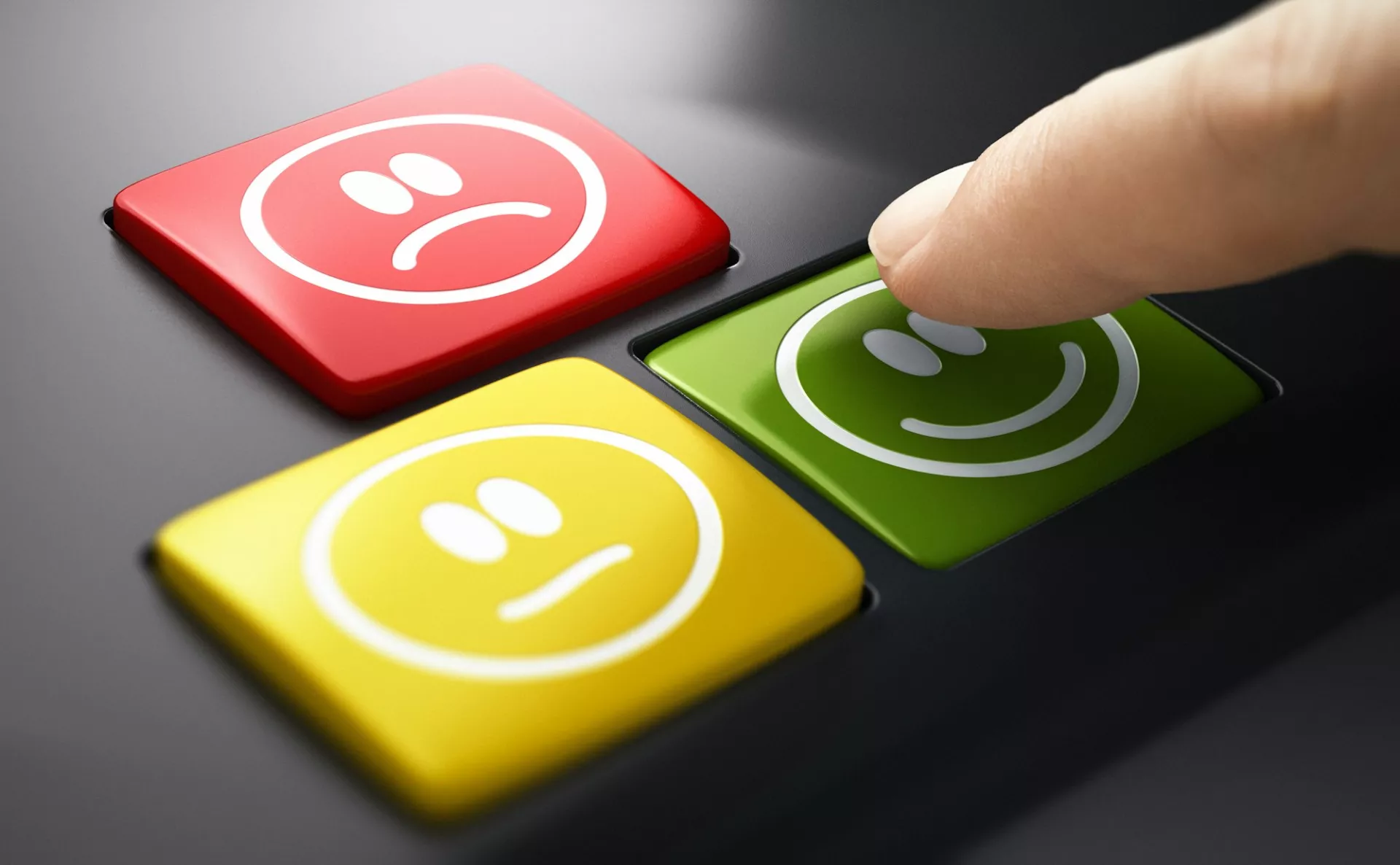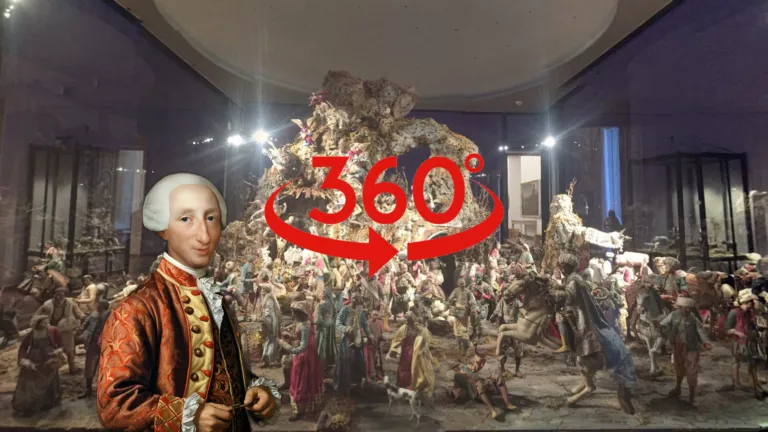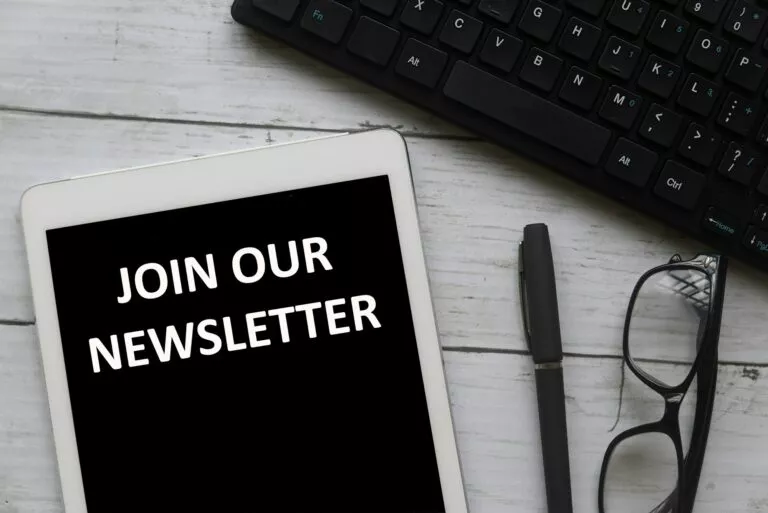Table of Contents
In the age of digital transformation and increasing competition between cultural institutions, museums are increasingly having to innovate not only in their collections and exhibitions but also in the way they interact with the public. A key aspect of this interaction is measuring visitor satisfaction. Not only does this practice help you better understand your guests' needs and expectations, but it also offers valuable data to improve the overall museum experience.
Why Measure Satisfaction?
- Continuous Improvement: The feedback you collect from visitors can point to areas of success and areas that need improvement. This allows museums to adapt exhibitions, services and activities to better meet the needs of their audience.
- Increased Retention: A satisfied visitor is more likely to return and recommend the museum to others. Measuring satisfaction helps create a positive experience that can turn into positive word-of-mouth, which is essential for attracting new visitors.
- Targeted Marketing: Understanding what visitors value most allows museum managers to develop more effective marketing strategies aimed at promoting aspects of the museum experience that have been well received.
- Resource Management: With detailed feedback, museums can allocate resources more efficiently, investing more in successful initiatives and reducing waste in underperforming areas.
Measurement Methods
There are several ways to measure visitor satisfaction, each with its own benefits:
- Surveys and Questionnaires: They are among the most common methods and can be administered in paper form at the end of the visit or sent digitally by email.
- Exit Interviews: They offer immediate and detailed insights, while also allowing you to drill down into visitor responses.
- Online and Social Media Reviews: Analyzing social media comments and reviews offers a spontaneous, unfiltered view of visitor opinions.
- Digital Tracking: The use of apps and websites can provide data on how visitors interact with the museum's digital content, offering insights into what catches interest.
Resources and Tools for Surveys and Questionnaires
To carry out effective surveys and questionnaires, it is essential to use tools that facilitate data collection and analysis. Platforms like SurveyMonkey, Google Forms, and Typeform offer intuitive interfaces for creating custom surveys that can be easily distributed via email or direct link.
These tools allow you to process different types of questions, from multiple-choice to open-ended ones, and analyze the results in real time, facilitating an immediate understanding of visitor feedback.
How to Create a Satisfaction Survey
To create a survey that effectively measures visitor satisfaction, follow these steps:
- Goal Setting: Determine what you want to find out from the survey. This could include overall satisfaction, specific ratings on exhibits or services, or feedback on recent improvements.
- Development of Questions: Create clear and concise questions. Use a rating scale (e.g. 1 to 5) for quantitative questions and leave room for open comments to allow for detailed feedback.
- Survey Piloting: Test the survey on a small group to ensure that the questions are clear and that the survey is of adequate length.
- Distribution: Send the survey through the channels you choose. Make sure it's easily accessible and visitors are incentivized to complete it, perhaps offering a small incentive at the end.
- Analysis of the Results: Use the analytical tools in your survey software to examine data, identify trends, and areas for improvement.
Collect Information through Supplementary Content from QR Code
QR Codes can be powerful tools for gathering feedback. By placing QR Codes at strategic points within exhibitions, museums can not only provide immediate access to enriching multimedia content, such as audio guides or explanatory videos, but also track the effectiveness of such content.
This method not only facilitates the collection of targeted feedback but also stimulates visitor interaction with the collections in a modern and digital way.
Collecting Information through Gamification
Gamification can turn collecting feedback into a fun and engaging experience. By implementing in-game elements such as points, levels, and badges in a museum mobile app, managers can incentivize visitors to leave feedback in exchange for virtual rewards.
For example, by completing a survey at the end of a visit, visitors could earn points that can be exchanged for discounts at the museum store or for exclusive access to special events. This approach not only increases the amount of feedback collected but also enriches the overall visitor experience, making it memorable and personalized.
Solutions to Monitor Satisfaction Degree
HistoriaVIVA has implemented an advanced digital feedback system that plays a crucial role in monitoring and optimizing the visitor experience in museums. This system is designed to collect detailed reviews and ratings efficiently, allowing museums to gain an in-depth understanding of how satisfied their guests are.
Implementation of the Feedback System:
- Tablet Kiosk: We provide tablet kiosks to be placed in strategic points within the museum. These devices are accessible and intuitive, inviting visitors to leave immediate feedback on the exhibits and services offered during their visit. The kiosks are equipped with custom software that guides the user through a simple but comprehensive feedback process, which can include both multiple-choice questions and space for free comments.
- Continuous Data Collection: Our system automatically captures and aggregates data collected from kiosks, providing museum managers with detailed reports and analysis of the feedback received. This allows for continuous evaluation of performances and services, identifying areas of strength and areas for improvement.
Benefits of HistoriaVIVA's Feedback System:
- Valuable Information: The reviews and ratings collected are essential to better understand the needs and expectations of visitors. This data offers vital insights that can be used to refine exhibits, improve services, and optimize the overall visitor experience.
- Visitor involvement: The feedback process is not only a means of collecting data, but it is also a way to actively engage visitors, making them feel heard and valued. This reinforces their connection to the museum, increasing the likelihood of repeat visits and positive recommendations.
- Continuous Optimization: Thanks to timely and detailed feedback, the museum can react quickly to implement improvements, ensuring that the offer remains current and highly satisfactory for an increasingly demanding public.
HistoriaVIVA's solutions not only facilitate effective and systematic feedback collection, but also transform this process into an interactive and engaging element of the museum experience, contributing significantly to the continuous improvement and long-term success of cultural institutions.
Sample Survey / Questionnaire
HistoriaVIVA has innovated the approach to satisfaction surveys, introducing a survey system inspired by Tinder's interactive style, with scrolling questions to allow visitors to answer questions by simply swiping left or right, making the feedback process fast and intuitive. This method not only increases the response rate but also makes the whole experience more enjoyable for the participants.
At this link you can find an example of Survey / Questionnaire to measure the degree of customer satisfaction
Details and Features of the Survey
- Slide-in questions: Questions are presented one at a time, and visitors can answer them with a simple swipe gesture. This format reduces information overload and keeps the user's attention high.
- Collection of Personal Data: At the beginning or end of the survey, we non-intrusively ask for personal data such as name, email and phone number, ensuring that participants have complete transparency about how their data will be used.
- Mobile Optimization: Our surveys are designed to be perfectly usable on any device, be it desktop, tablet or smartphone, ensuring good usability in any context.
- Integration Widget: Surveys can be easily integrated into any web page via an iframe, displayed as a full page, or through a fixed button that opens the survey in a popup. This flexibility allows you to tailor the presentation method to the specific needs of your site or application.
- Email Marketing Integration: After collecting the visitor's email, the system can automatically integrate with email marketing software, allowing for effective and personalized follow-up. This helps to maintain an ongoing relationship with the visitor, offering personalized promotions or information about future exhibitions and events.
This modern and interactive approach to surveys not only improves the quality of the feedback received, but also increases visitor engagement, strengthening their connection with the museum and continuously improving the quality of the service offered based on real and up-to-date data. With HistoriaVIVA, measuring customer satisfaction becomes an integral and dynamic part of the museum experience.
Want to know more? Contact us now.




